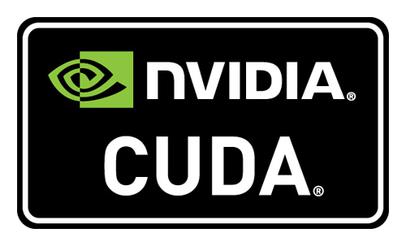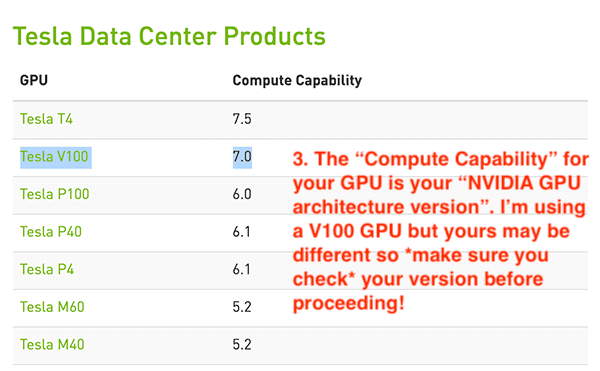Roads & PavementRoads & Pavement
Barefoot
Minimal
Low
Medium
High
Maximal
All around running shoes offer comfort and cushioning for daily runs, jogs, walks, and long mileage. They offer enough versatility for both faster and slower runs and are a great option for those who want one running shoe to do it all.
Fast run or uptempo running shoes are lightweight and responsive. They offer streamlined designs that have minimal uppers and offer a high level of energy return. These shoes are a great option for faster runs in the week or those looking for a livelier experience.
Max Cushion shoes offer premium cushioning with ample ground protection and a stable ride. These types of shoes provide abundant impact protection that softens landings while running at any pace or distance. These types of shoes are best for slower recovery runs and easy days where comfort takes priority.
Racing shoes are designed with optimal performance in mind. These types of shoes have snug-fitting uppers, energetic midsole foams, and features implemented for maximum efficiency. These types of shoes are best for runners looking to gain the ultimate advantage in races but may sacrifice some durability and comfort.
Gym Workout shoes offer a stable and versatile ride. They have a firmer underfoot feeling that provides stability for lateral movements with comfortable uppers. These types of shoes are best for trips to the gyms, cross training, casual wear, and light running. Guide To Install CUDA for GPU enabled Deep Learning with PyTorch
Road running shoes feature smooth outsoles that are designed for running on paved surfaces such as roads, sidewalks, and bike paths.
Designed to handle most trail runs, these shoes prioritize comfort and a smooth ride. These shoes are great for anything from smooth singletrack, park trails, and fireroads making them ideal for those who run from their doorstep on streets before hitting the trail.
These shoes are best used for hard, rugged trails such as shale, granite or sandstone where grip on smooth surfaces and underfoot protection are important.
Designed for use in muddy, soggy conditions, these shoes feature very aggressive outsoles that dig deep into soft ground for exceptional traction.
These shoes feature technical outsoles designed to grip snowy and icy trails making them ideal for winter trail running.
Cushioning level, or stack height, refers to how much shoe is between your foot and the ground. For this category, we reference the amount of cushioning below the forefoot as the heel height will be equal to or greater than the forefoot height.
New compute capability sm 37 CUDA Programming and Performance
0-13mm. The Shoe generally does not have a midsole and feels like there is no cushioning. This shoe is all about feeling the ground underfoot.
14-18mm. The shoe has a thin midsole that allows for a natural running experience. Racing shoes and minimalist shoes are common here. These shoes offer a feeling of being connected to the road or trail.
19-23mm. The shoe has a slightly cushioned feel and may feature added cushioning technologies. Performance training shoes and some trail shoes are common here. These offer protection during footstrike but prioritize a lightweight, grounded experience.
24-28mm. These shoes have a stack height that fall near the middle of the spectrum.The shoes in this category are verstaile and great for all types of runs and distances.
29-34mm. The shoe has a thick midsole and ample cushioning. These shoes are highly protective and absorb more impact than the body.
35mm plus. The shoe has an extremely thick midsole and extra cushioning. The focus is on protection and soft foam underfoot with hardly any ground feel.
Neutral shoes support the foot through a normal range of arch collapse and generally do not have a built-in technology to correct movement.
Stability shoes are a great option for those who overpronate or need added support. These shoes help to limit the inward rolling motion of the ankle while running or walking and assist in guiding the foot straight through the gait cycle. How to use OpenCV s
Product Details:
Minimum CUDA arch compute capability 2.0 Issue 12 BVLC sale, How to find out if my computer hardware supports CUDA programming sale, 1. Preface CUDA C Best Practices Guide 12.3 documentation sale, NVIDIA CUDA Miro Architecture and Compute Capability List CUDA sale, RTX 6000 Ada device kernel image is invalid Install Configure sale, Programming Guide CUDA Toolkit Documentation sale, List of Cuda Compute Capability for each card Does it exist sale, check cuda compatibility sale, CUDA 10 Features Revealed Turing CUDA Graphs and More NVIDIA sale, 1. Preface CUDA C Best Practices Guide 12.3 documentation sale, Help With Cuda Offload 14 by Outlaw HQ Player Roon Labs sale, compute capability check CUDA Setup and Installation NVIDIA sale, CUDA GPUs Compute Capability NVIDIA Developer sale, TensorFlow with GPU on your Mac Installing CUDA cuDNN and sale, Tx2i GPU compute capability test Jetson TX2 NVIDIA Developer sale, What is the Compute Capability for the Orion Update your page sale, CUDA Compatibility NVIDIA Data Center GPU Driver Documentation sale, cuda Does cuDNN library works with All nvidia graphic cards sale, CUDA Compatibility NVIDIA Data Center GPU Driver Documentation sale, Problem with CUDA 11.6 installation PyTorch Forums sale, GPU Computing NVIDIA CUDA Compute Capability Comparative Table sale, gpu Getting Error sale, How to check GPU information compute capability max dim max block etc in visual studio sale, CUDA Supported CUDA level of GPU and card sale, How to use OpenCV s sale, New compute capability sm 37 CUDA Programming and Performance sale, Guide To Install CUDA for GPU enabled Deep Learning with PyTorch sale, CUDA Wikipedia sale, CUDA Differences b w Architectures and Compute Capability The sale, How I enable my CUDA capable Graphics Card for Machine Learning sale, CUDA C Programming Guide sale, Best Nvidia CUDA Card for HQPlayer Page 4 Software sale, Windows NVIDIA GPU TensorFlow nex3z s blog sale, CUDA compute capability version check problem Issue 3026 sale, Whether CUDA supports GPU devices with 8.6 Compute Capability sale, Check Your GPU is Suitable for TensorFlow or not A Step Guide sale, CUDA Compatibility between NVIDIA RTX A5000 and GeForce RTX 4060 sale, What are the differences between CUDA compute capabilities sale, GPU Computing NVIDIA CUDA Compute Capability Comparative Table sale, Toolkit on Customer Computer CUDA Programming and Performance sale, CUDA Compatibility NVIDIA Data Center GPU Driver Documentation sale, python GPU Compute Capability 3.0 but the minimum required Cuda sale, GPU Computing NVIDIA CUDA Compute Capability Comparative Table sale, Programming Guide CUDA Toolkit Documentation sale, CUDA C Programming Guide sale, How to know if my GPU supports CUDA Ask Ubuntu sale, Find the compute capability of your NVIDIA Graphics Card GPU sale, CUDA Compute Capability 6.1 Features in OpenCL 2.0 StreamHPC sale, Find the compute capability of your NVIDIA Graphics Card GPU sale, graphics card How to check CUDA Compute Capability Super User sale, Product Info:
Cuda compute capability check sale.
- Increased inherent stability
- Smooth transitions
- All day comfort
Model Number: SKU#7451872





